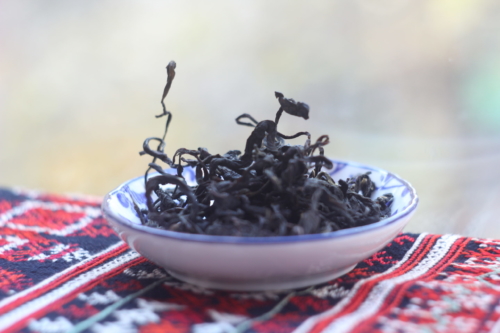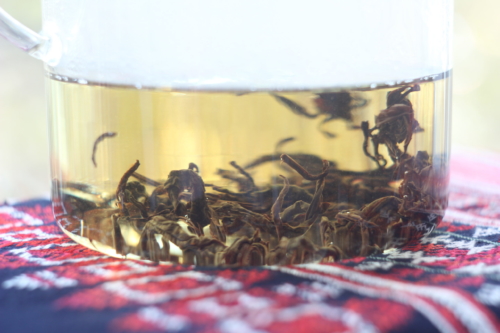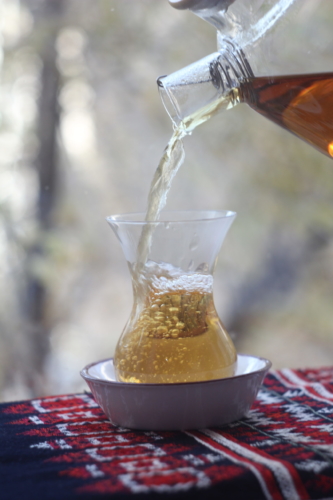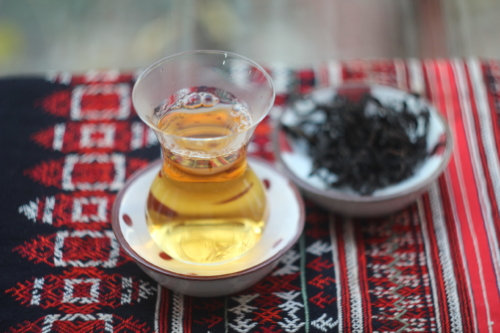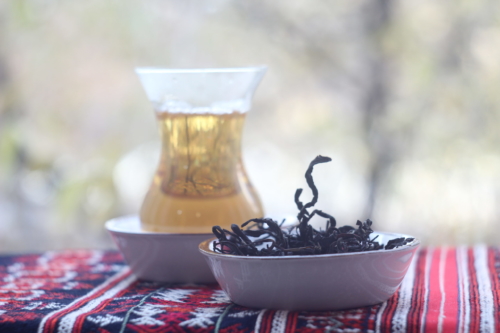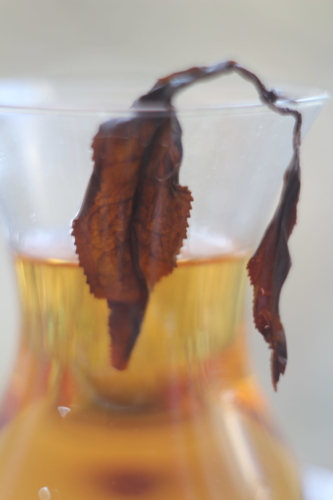First of all, I want to thank Maksim Malyhin and Murat Kornaev for their tea enthusiasm. Colleagues, thanks to your help, for the third year I have tasted tea made in Transcarpathia on an experimental tea plantation on Mount Zhornina.
Very little of this tea is produced. An adequate comparison of samples from different years is extremely difficult. Photos are the only means of objective quality control of Transcarpathian tea for the 2016, 2020 and 2022 seasons. Here they are, year after year.
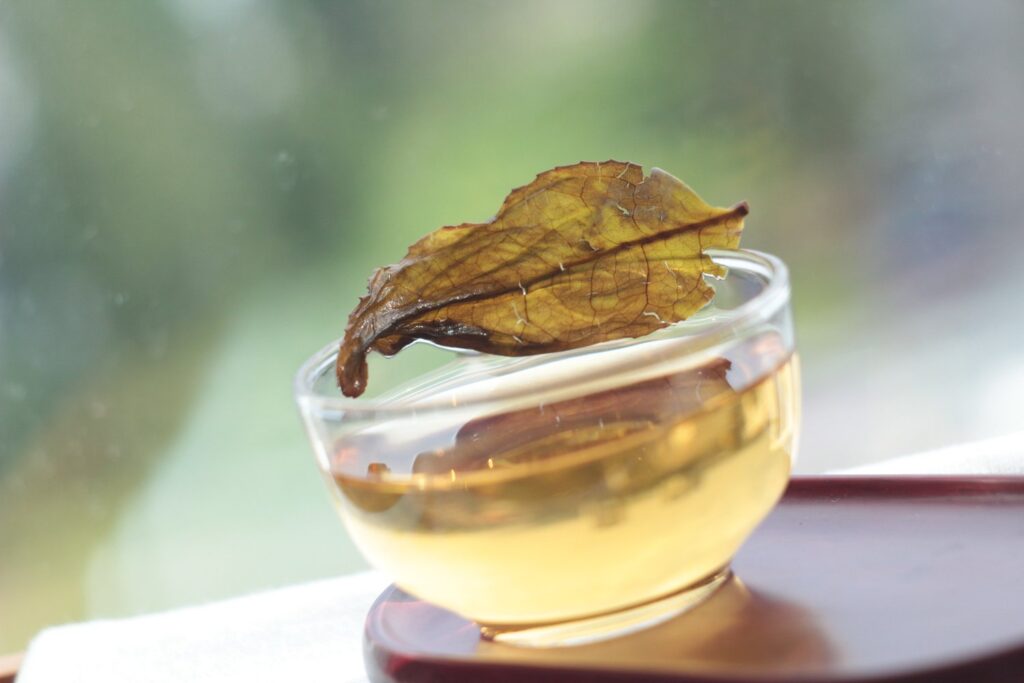
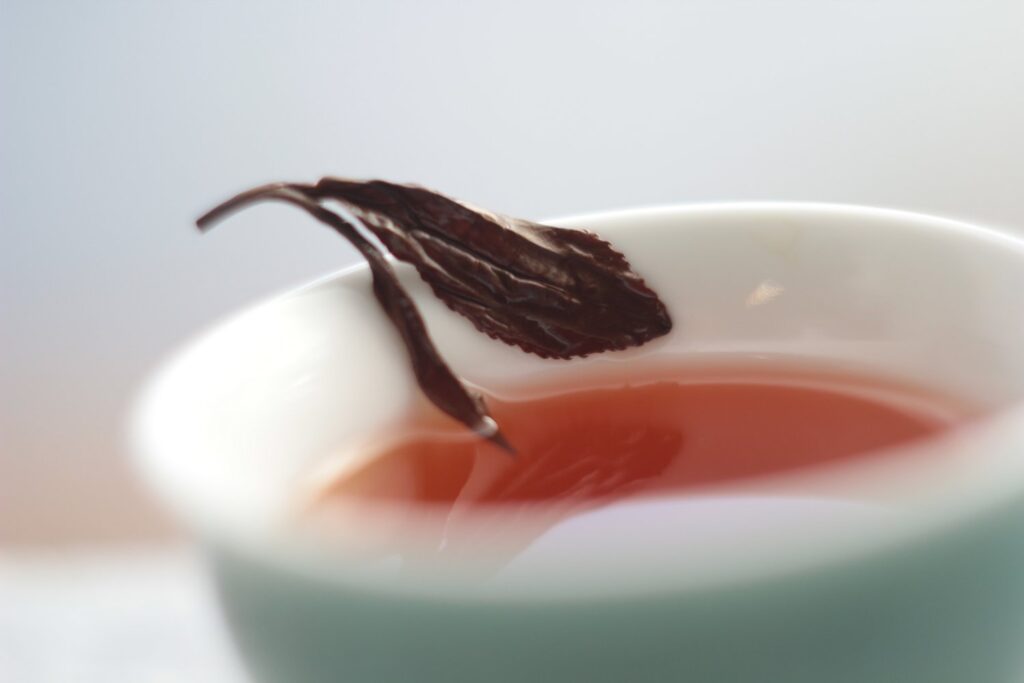
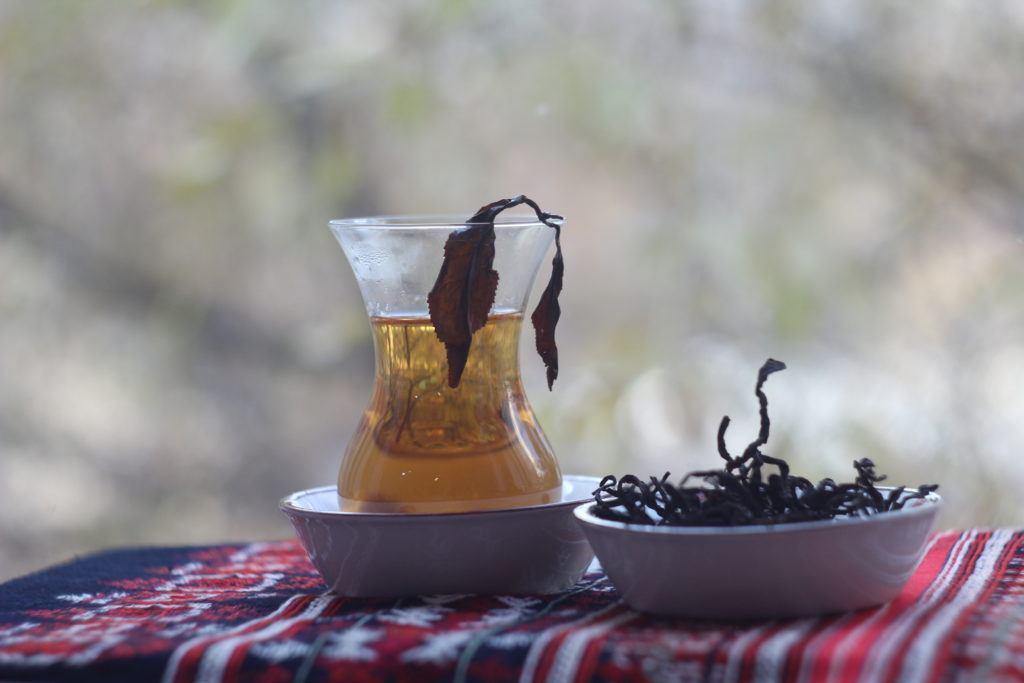
The photographs clearly show the direction of the technological development of Transcarpathian tea. Maxim and his colleagues make naturally twisted oolong with a fairly strong degree of oxidation. They are also experimenting with roasting. The tea of 2022 is heated delicately, but for a long time. The choice of such a production technology is completely understandable, taking into account all the circumstances in which Transcarpathian tea is made.
Firstly, using this technology, tea can be made by hand, with no equipment. Which is important for micro lots. Secondly, prolonged heating gives Transcarpathian tea a chance for a relatively long storage without a noticeable loss of aroma — a common problem in northern teas. Thirdly, with a right combination of circumstances, such an oolong can retain the character of the raw material and terroir. For such an unusual tea, this is extremely important.
It is still impossible to comprehend the terroir of Transcarpathian tea. There is not enough data for this, more tea is needed. But you can evaluate its other consumer characteristics. The tea reached me in good condition, retaining the chocolate, dried fruit, date and bakey notes. To my taste, 2022 tea is better than 2020 tea. And much better than 2016 tea. That is, the latest step of the Transcarpathian tea experiment can be considered successful.
But if you don’t mind, I won’t consider it so. In my opinion, this successful step is taken in a conceptually erroneous direction. Delicate and prolonged heating combined with sufficiently strong oxidation is a conservation technology. It is good in situations where tea is produced in large quantities and is intended for long-term storage and transportation. If we follow the “preservative” logic, then the next stage in the technological development of Transcarpathian tea should be making it hemispherical like the orthodox Tieguanyin. And then pressing it pu-erh style. There is no doubt that in this case the tea will retain its characteristics even better after production. But what for?
There will never be enough Transcarpathian tea, which is true for any European farm tea. In the foreseeable future, it will not be able to systematically compete on traditional consumer characteristics with tea from traditional tea countries. So it has only two options for normal market development. The first is going into non-traditional consumer niches. Local patriotism, environmental friendliness, small carbon footprint, ethical production and all that. The second is competing on freshness. Freshness is the only characteristic by which European farm tea (including Transcarpathian tea) will always outperform tea from China or India.
A hundred years ago, competition on freshness would have made no sense. But now, with the development of logistics within Europe, the delivery of fresh tea to the consumer can be carried out within a few days. So, freshness, the need to drink tea within a month after production, can become the main feature of the new European tea.
In my opinion, it makes sense for Transcarpathian tea to develop in this direction. Green tea, fresh tea leaves for home oxidation, freezing, drinks made from fresh leaves like the Vietnamese nước chè tươi all seem to me much more interesting than trying to create a relatively long-term storage tea not meant for a long-term storage, if only because it is still produced in less than a kilogram amount.
Maksim Malyhin, Denis Shumakov. TeaTips. 2023

